
How to Memorize the Periodic Table Easily: 7 Periodic Table Tricks for Students
How to Memorize the Periodic Table [Top 7 Techniques]
Though in most Chemistry examinations, students are given the Periodic Table to refer to, there are still many positive advantages to knowing the Periodic Table by heart! For instance, knowing the Periodic Table well can help students to eliminate the need to refer to the table during the examination.
Additionally, students who are looking to advance in their Chemistry standards will eventually need to know the Periodic Table as well as its elements well.
In this article, we will explore 7 Periodic Table tips to specifically help students memorize the Periodic Table! Let’s dive in.
Learn more - Cambridge IGCSE | Chemistry | The Periodic Table
7 Proven Tips for Memorizing the Periodic Table: Periodic Table Tricks
- Repetition
- Using Acronyms and Short Forms
- Use of Color
- Sing a song!
- Use memorizing tools such as Flashcards
- Break the Periodic Table into smaller sections
- Be consistent with memorizing
Your journey to success starts here. Join the learning hub now!

Your journey to success starts here. Join the learning hub now!
1. Repetition
Do you remember as kids, how we memorize the alphabet or numbers? We keep on repeating them, starting from the letter A, starting from the number 1. Students can pair the repetition study technique with reading it out loud. A study by the University of Waterloo found that reading information out loud helps with long-term memory and improves memory over time.
Besides reading the elements out loud, students can break the entire Periodic Table into smaller chunks to memorize. Such as starting with 5 elements today, and increasing it to 7 but the elements are inclusive of the 5 from the previous day. As students continue to introduce new elements every few days, their memory for the previous elements will strengthen and solidify.
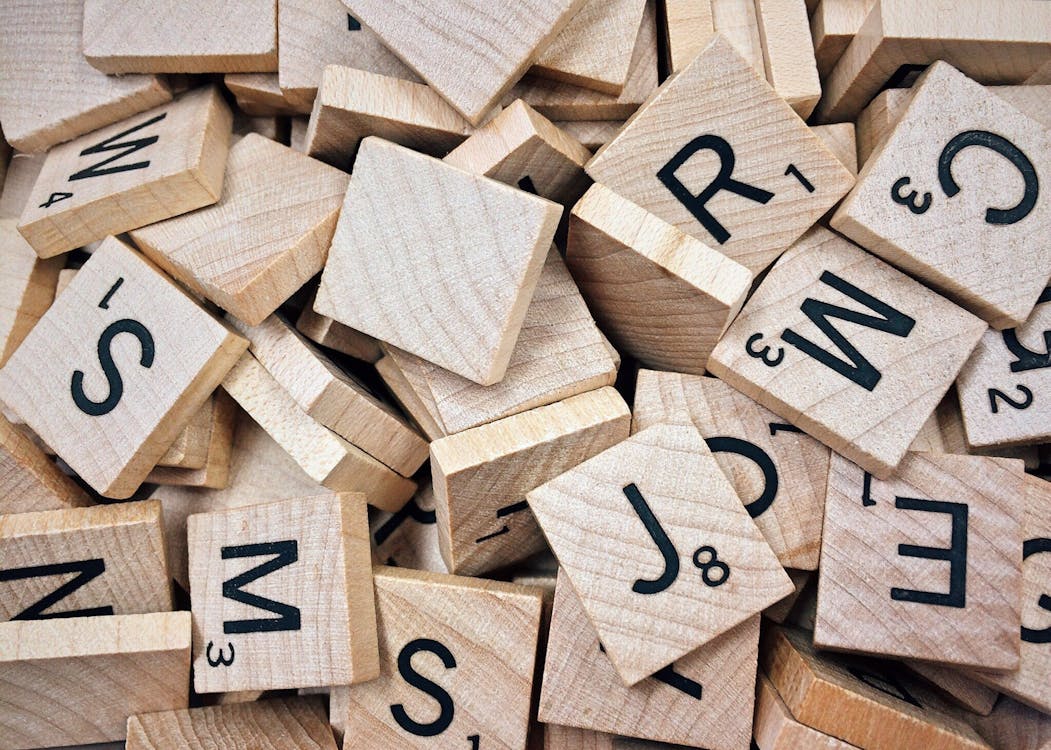
2. Using Acronyms and Short Forms
When the Periodic Table gets harder to remember, it is time to switch things up by introducing different techniques for memorizing it. Acronyms are a great way to spice things up.
An acronym is a short form, formed from the initial letters of the words and pronounced as a word itself.
For example, the National Aeronautics and Space Administration is often written as NASA. This is an acronym.
For instance, the metalloid elements in the Periodic Table are Boron (B), Silicon (Si). Germanium (Ge), Arsenic (As), Antimony (Sb), Tellenium (Te), Polonium (Po). Here are two mnemonics to help you remember the metalloids!
- Beyonce Sings Great And Acts Terribly. Period.
- Boring Silly Germs Are Ants Telling Politics
Of course, you can also come up with mnemonics that help you specifically to remember them! This is the fun part about memoizing the Periodic Table!

(Source: https://sciencing.com/parts-periodic-table-5414878.html)
3. Use of Color
The universal Periodic Table itself has already sectioned itself into different colors, and they have different meanings for it. Students can also self-section the Periodic Table in their own ways to help with their memorization.
The majority of the Periodic Table in schools is colored and sectioned into three main categories, Metals, Non-Metals, and Metalloids. It can help students to memorize in a way that helps them to identify them by the different categories. Otherwise, students can section in color the elements’ characteristics or similarities.
Must Read: Avoid These 7 Common IGCSE Exam Mistakes for Better Grades: Tutopiya
4. Sing a song!
Just like how we have a song for the alphabet, we can also have a song just for the Periodic Table. Students can either compose a song of their choice that helps them to memorize the Periodic Table or they can take a look at the Periodic Table song made by ASAPScience on Youtube here.
https://www.youtube.com/watch?v=rz4Dd1I\_fX0&ab\_channel=AsapSCIENCE
5. Use memorizing tools such as Flashcards
Besides all the above-mentioned tips, students can also rely on traditional memorization study techniques. Flashcards are great for helping students memorize information in an organized and structured manner. There are many ways to utilize a flashcard when it comes to memorizing.
For example, students can include facts about each element on one side of the card and on the other side of the card the name of the element. This allows students to know the element and its corresponding characteristics.
Must Read: How to memorize and learn things faster? Productivity and Study Tips For Students
6. Break the Periodic Table into smaller sections
Instead of memorizing all the elements at one go, separate them in smaller sections, into different sets and spread them out.
For example, you can choose the first 7 metal elements as the first set, and the subsequent elements into different sets. You can also refer to the graphic below as a reference.

This will help students to spread out the elements and make memorizing easier and less overwhelming.

7. Be consistent with memorizing
Using the above methods can help students to make memorization easier, but to make sure the information stick, students need to be consistent with their memorization work. Students can use the infamous study technique, Spaced Repetition, to help convert short-term memory into long-term ones.
Spaced Repetition is spacing your revision into specific intervals over a period of time. Spaced Repetition fights memory decay and constantly reviewing the materials, will help to keep the memory for the long term. This is what a student can do to incorporate all the mentioned tips and spaced repetition for memorizing the periodic table.
Must Read - H2 Chemistry Tuition: Syllabuses, Assessments and more
Quick Example
Using Tip 6, break the periodic table into smaller sections.
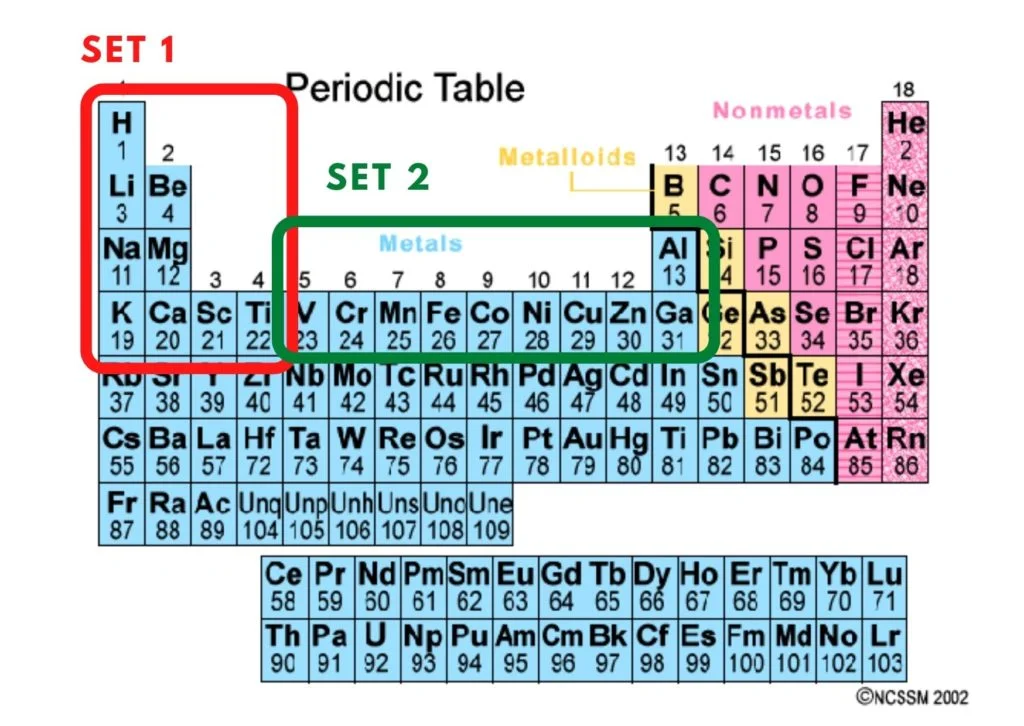
On the first day, students can start with 5 metal elements (set 1).
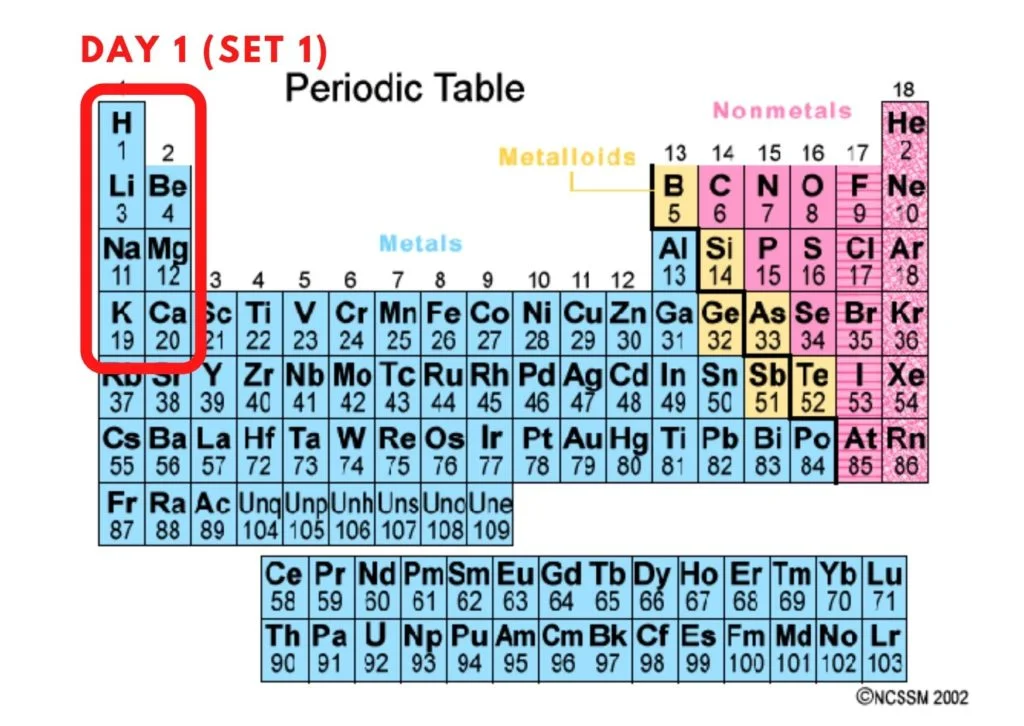
On Day 2, students can include 2 new elements to remember, whilst continuing to remember the previous 5 elements.
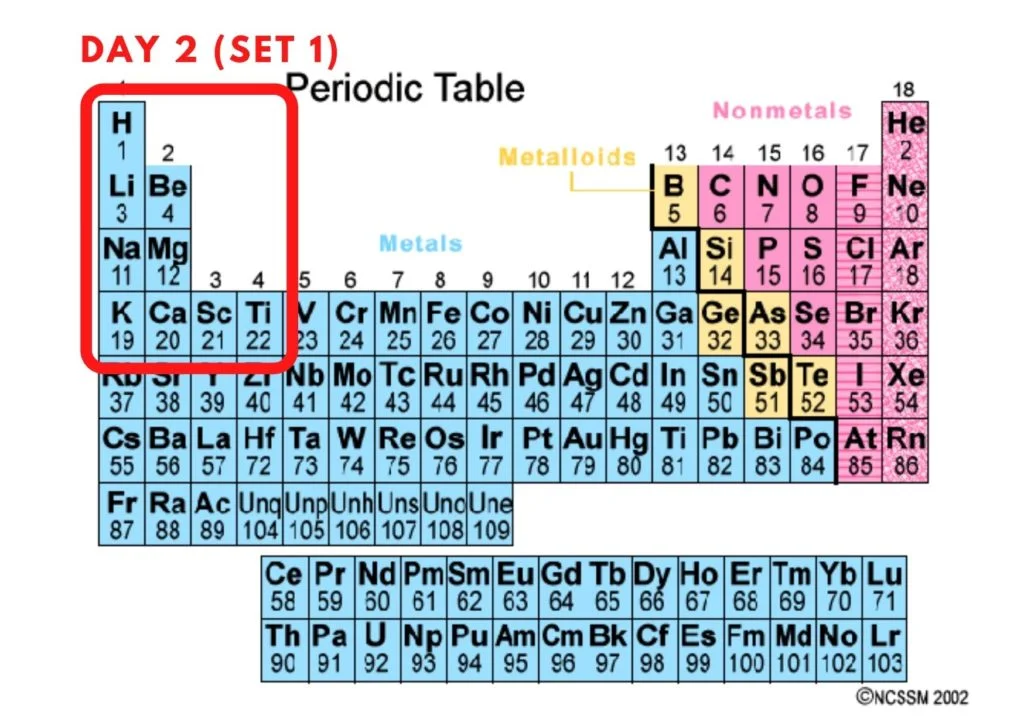
Students can choose to increase the number of elements they want to memorize accordingly.
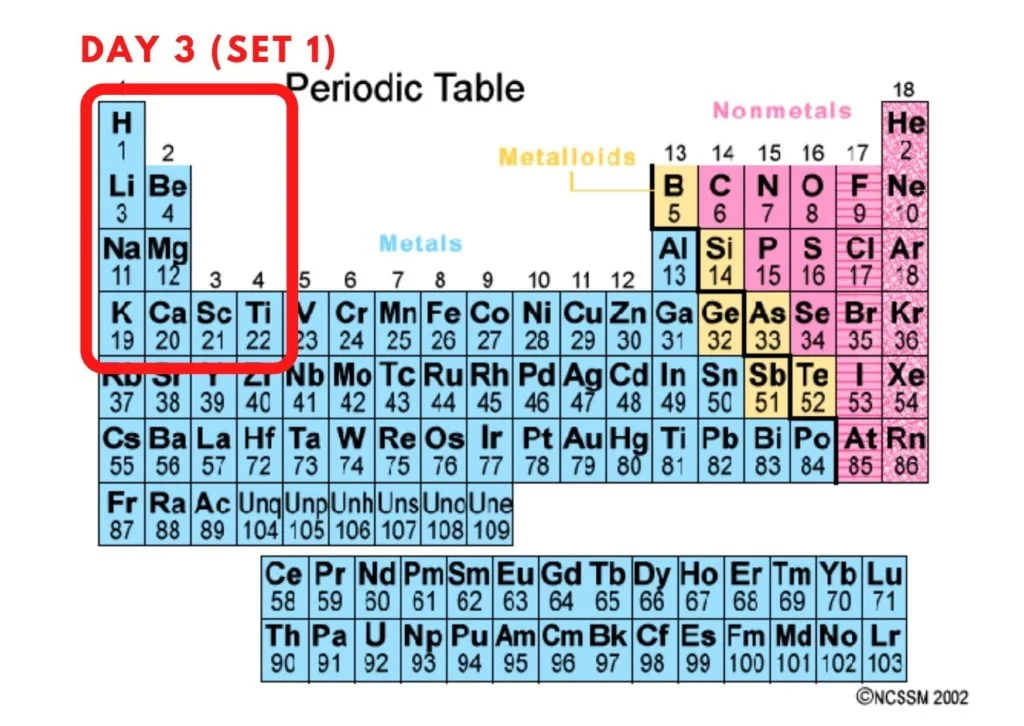
On day 4, students can choose to try to memorize a new set of elements. For instance, continuing along the metal elements but starting with a new set of 5 metal elements (set 2).
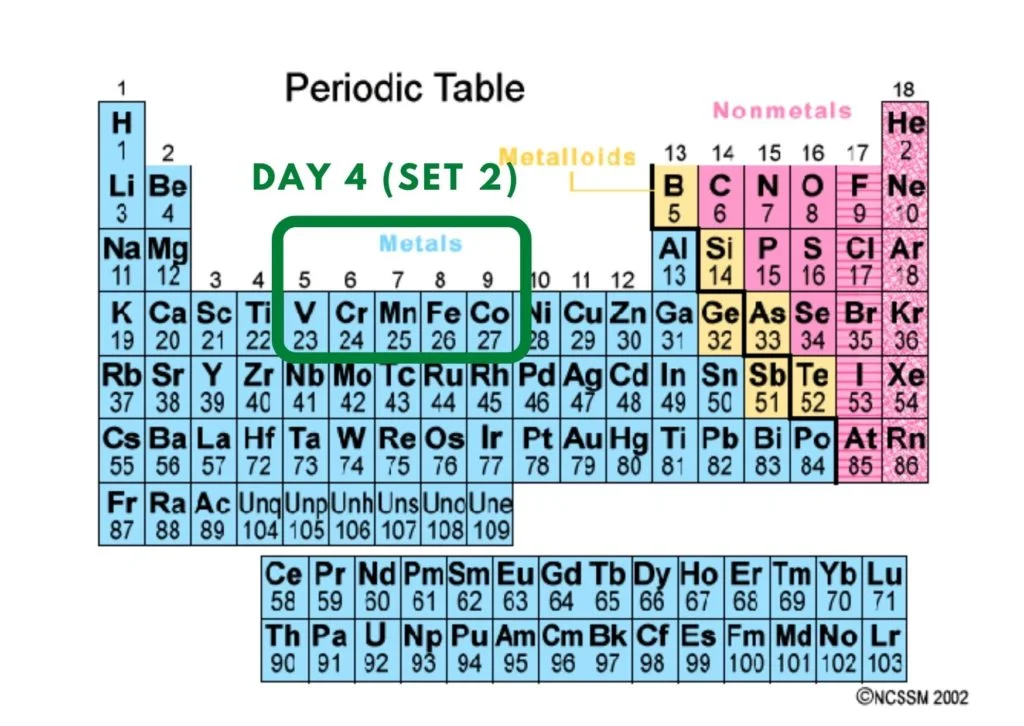
On day 5, students can revisit the first set of elements they memorized as well as the second set of elements. Then, go back to completing the memorization for set 2.
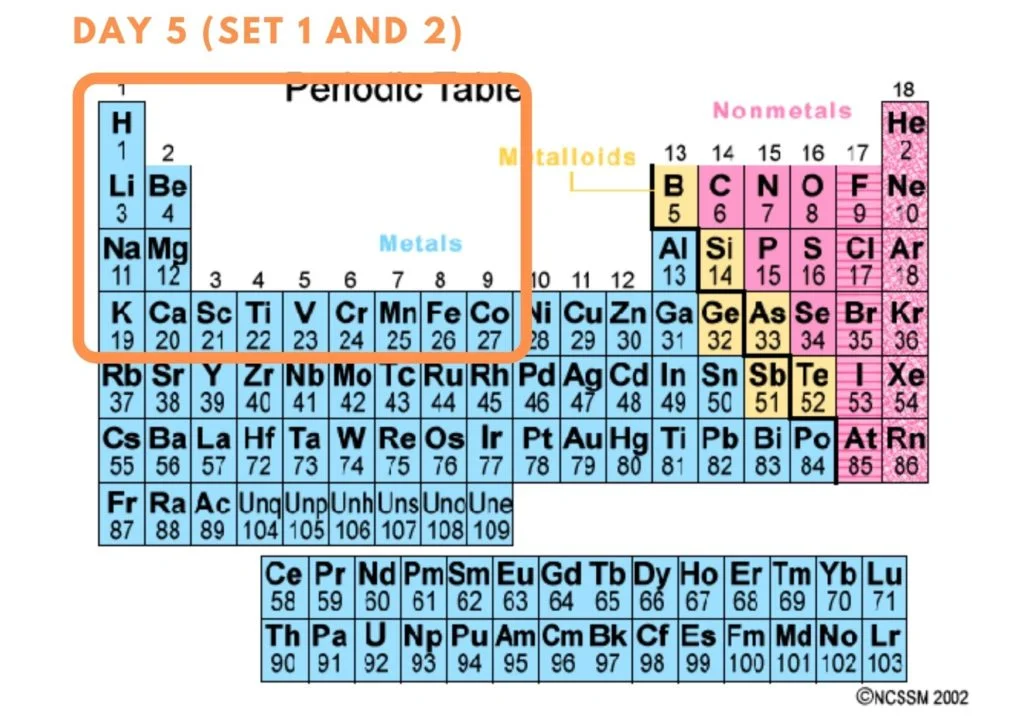
The spaced repetition for the first set of elements can be spaced by intervals of 1 day, 3 days, and then 5 days. The length of the interval is subjected to every student’s learning pace and ability.
Read also: Active Recall and Spaced Repetition: How to Study Effectively
Though there are plenty of memorization techniques for the Periodic Table, it is wise to pick a few that you are comfortable with and stick to them. Incorporating too many memorization techniques can cause confusion and make it difficult to memorize. Hence, these tips are meant to provide students with some inspiration and techniques they can use to help remember the Periodic Table.
Book a free trial
Written by
Tutopiya Team
Educational Expert
Related Articles

Which Is the Toughest Subject in IGCSE and How Can You Overcome It?
Tackle tough IGCSE subjects! Discover the hardest IGCSEs and get expert tips for success in Maths, Physics & more, essential for IB & A-levels.

Is 6 Months Enough to Prepare for IGCSE Exams?
Comprehensive guide and expert insights on educational topics for IGCSE, IB, and international curriculum students.

A-Level and IB Students: 6 Steps to Nail Your University Application
A-level & IB students: Nail your university application! Get expert tips on building a winning application for top international unis.



